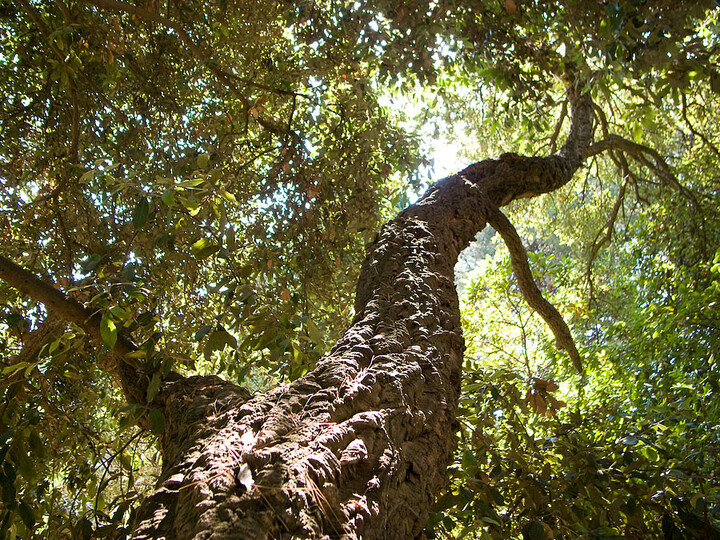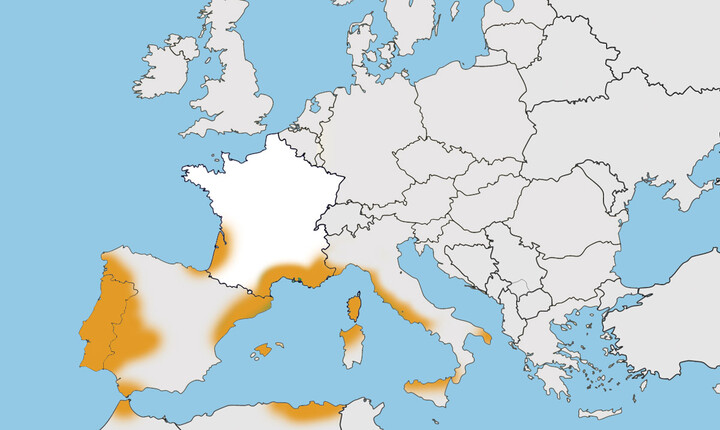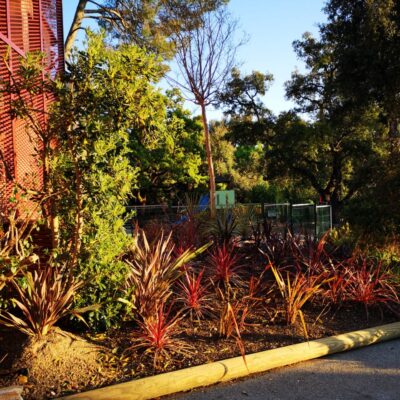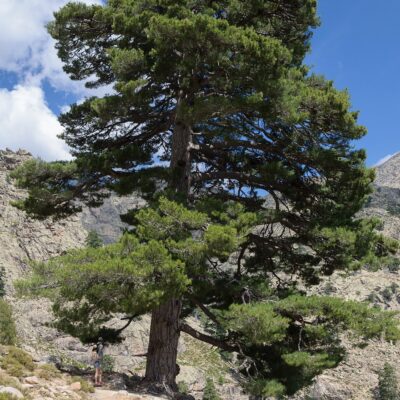Cork oak
Presentation
The campsite’s memory
Cork oak, or Quercus suber in Latin, is one of the oldest trees on show at our four-star campsite Les Jardins de La Pascalinette® and has been an intrinsic part of the region’s Mediterranean flora from time immemorial.
It is widely exploited throughout Southern Europe.
This very robust tree is able to survive forest fires. The bark of the cork oak can reach an impressive 25 cm in thickness. It therefore insulates the tree from fire and even if the tree appears to be calcified after the flames have swept through, its interior continues to live on.
Cork manufacture
Cork oak forests are referred to as “suberaies” in French, from the Latin name for cork, i.e. suber).
The cork collected from the trunk of the cork oak is used to manufacture corks for the fine wines of Provence. We collect the used corks throughout summer in the framework of our partnership with the association France Cancer.
Cork is also harvested for its insulating properties.
The cork oak harvest is an ancient tradition in Provence and it is often carried out sustainably in order to preserve our cork oak forests. The bark is harvested at regular intervals every nine to twelve years, without damaging the tree itself. This activity is of major cultural and economic importance in the region: it helps to uphold our local traditions and traditional agricultural practises.
Identity
| Latin name : | Quercus Suber |
|---|---|
| Family : | Fagaceae |
| Genus : | Quercus |
| Color : | Green |
| Origin : | Mediterranean |
| Foliage : | Evergreen |
| Port : | Tree |
| Height : | Up to 20 m |
| Flowering : | April - May |
| Location : | You'll find cork oaks on "Place de La Pascalinette" (nr. 1) and in the "Jardin du Ponant" (nr. 5) and "Jardin des sports" (nr. 6 on the botanical footpath plan). |
Did you know?
Amazingly, the town of La Londe is home to France's two oldest cork oaks and they even have their own names: "Pas du Cerf" and "St Georges"!




